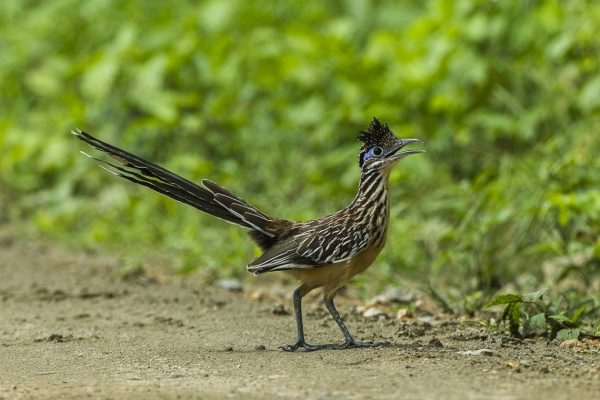Facts About Lesser roadrunner
The lesser roadrunner, a sleek and slender bird belonging to the cuckoo family, measures between 18 to 20 inches (46 to 51 cm) in length and boasts some unique characteristics. You’ll find this bird in the arid lowlands of Mesoamerica, particularly in open areas dotted with scrub and thorny bushes. Its breeding range stretches from southwestern Mexico to northern Central America.
One of the most remarkable aspects of the lesser roadrunner is its speed—it can run up to 20 miles per hour! Preferring the ground, it spends most of its time foraging for seeds, fruit, insects, and small reptiles. While not a strong flier, it can manage short flights and often perches in bushes or low trees.
Breeding season for the lesser roadrunner is quite specific: it occurs between April and July in Mexico, and in August in El Salvador. These birds build their nests in low trees, thorn bushes, or even cacti. The nests, though smaller, are sturdy and compact, cup-shaped, and constructed from grass stems and twigs. The eggs are white, measuring about 1.4 x 1 inches (35 x 26 mm), and are laid in clutches of 2 to 4. Both parents share the responsibility of incubating the eggs.
In terms of diet, the lesser roadrunner is not picky. It feeds on grasshoppers, caterpillars, small reptiles, and frogs. It is also an opportunistic feeder, sometimes scavenging roadkill. Its call is a gentle "cooing" sound, repeated three to seven times in a descending scale.

 Honduras
Honduras